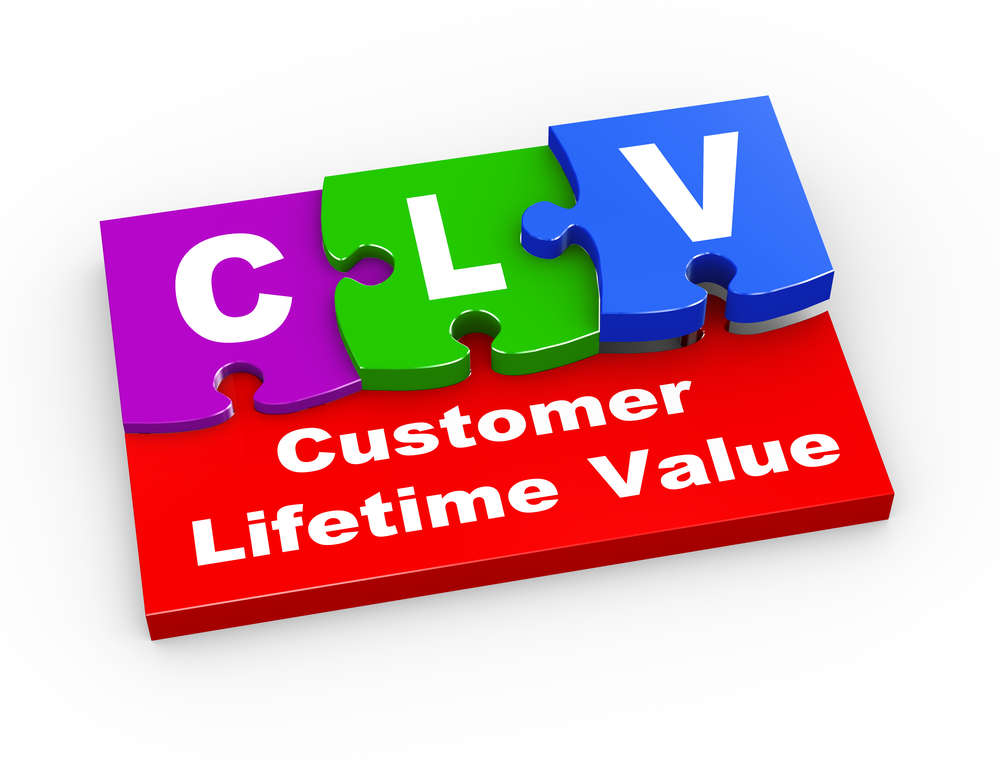• CRM Strategy is a plan to grow sales and improve customer service through a combination of processes, actions, and technology
• All customer touchpoints, from marketing to sales to service, are key elements of that strategy
• CRM software solutions are powerful tools to help enable the strategy, but determining the best solution can be a daunting task
The Value of Fresh Thinking
Companies both large and small can benefit from fresh thinking. For newer companies that rely on digital and direct marketing to acquire new customers, fresh thinking can be particularly powerful in areas such as branding, analytics, and marketing management.
The Value of Customer Lifetime Value
How much can you afford to spend to acquire a new customer? It all depends on how much value a new customer generates for your organization. Some companies have very … Read More



